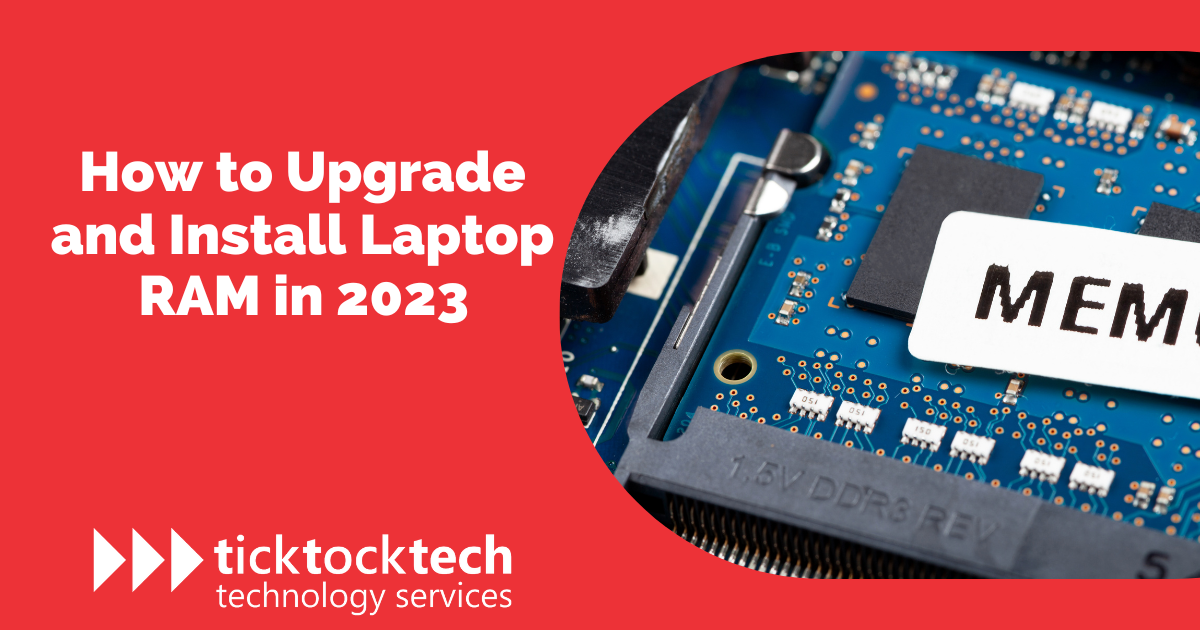The memory storage of the computer defines many activities on the computer. There are two common types of these storage devices in a computer popularly known as the Random-Access Memory (RAM) and the Read Only Memory (ROM). Both types make up the user aspect of the computer. Aside from the fact that one of the two storage types defines the user’s activities on the computer, the other defines the user experience of the computer.
By user’s activities, this means the entire files, documents, software, and apps that make up the computer, which are all stored on the ROM memory. The user’s experience on the other hand is the performance of the laptop, the speed, operation rates, and more, which are all defined by the RAM.
Related: Storage Hard Drive Capacity List
These storage devices aid the laptop in many ways, and when they get filled up, or damaged they lost potential. The ROM is responsible for your laptop data, if it got filled up, you will be limited to the size of files you can download. Though it has an easy solution, which is having an external drive, so you might not necessarily change it.
The RAM on the other hand, when it gets filled up, the laptop operation will become very slow. Slow booting, slow app, laptop hanging/freezing, software getting slower, and many other operations. This is very frustrating as you might have to reboot sometimes. This is solvable of course, but it will mostly require upgradable replacements.
How the Laptop RAM works
The computer temporarily stores information and instructions that are being processed by the CPU (Central Processing Unit) in the laptop RAM. It is a type of volatile memory, which means that when the laptop is turned off or restarted, its contents are gone. Because of this, data and permanent work are now being stored in the ROM. It simply acts as a bridge between the CPU and the storage device, for data access and processing. Nevertheless, compared to the ROM, they enable quicker access to data and instructions.
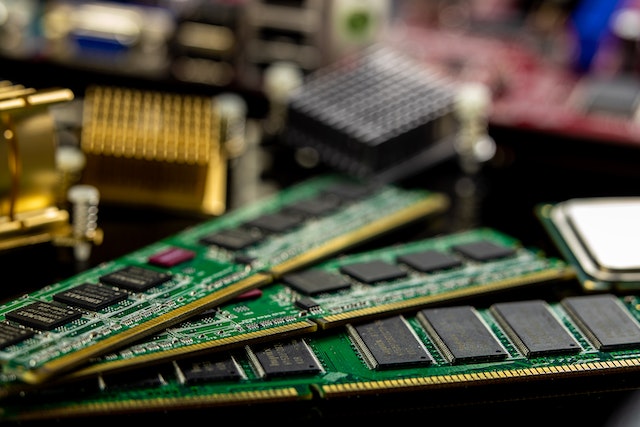
Related: Different Types of computer storage and their uses
For faster retrieval during processing, the CPU moves the pertinent data from the storage device to the RAM. The RAM-stored information is accessed by the CPU, which then applies computations, manipulations, and other operations to it. Larger amounts of data can be saved with more RAM, which lessens the requirement for frequent data retrievals from the storage device. quicker data movement and processing are made possible by quicker RAM, which enhances performance overall.
Laptop RAM is typically installed on a memory module, which is a small circuit board that contains several RAM chips. The motherboard’s memory slots accept memory modules for installation. Depending on the laptop model, different amounts of RAM can be added and different numbers of memory slots can be found on a motherboard.
See Also: Functions of CPU and GPU in a Computer
Effects of a filled-up RAM: When you should Upgrade your Laptop RAM
Having a filled-up RAM on the laptop can result into making frustrating issues for computer users, especially in performance. The common effects of a filled-up RAM include; Slow performance, Laptop freezing, increased load time, battery drain, and possible app crashes.
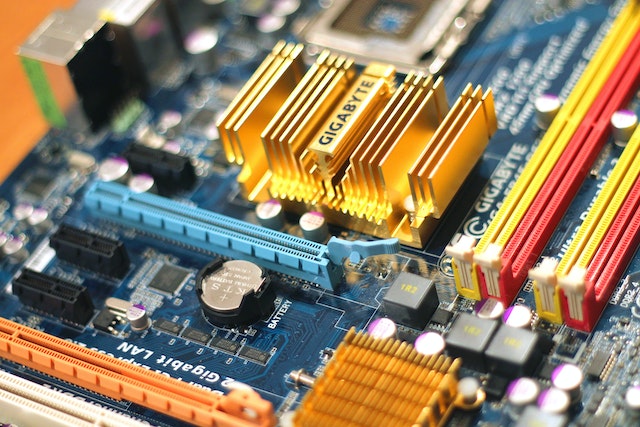
Slow Performance
There is less room for the CPU to store and retrieve the data it requires for processing as the RAM fills up with information and programs. To save data that isn’t actively in use, the computer must use its hard drive. This can result in an observable performance reduction as it is substantially slower than reading data from RAM.
Related: Why is my computer slow and how to fix it?
Laptop freezing
The system and programs may occasionally freeze if the RAM is full. When the system’s RAM is fully utilized, it may struggle to allocate resources, resulting in delays in command execution or even system freezes. The reason for this is that the computer must wait while data is loaded from the hard drive, which can take a while.
See Also: Why does my computer keep freezing and how to fix it
Increased Loading Time
The data needed to run an application or open a file must be loaded into the RAM for speedy access. The system might have to constantly switch data between the storage media and the RAM if the RAM is full. Known as “paging” or “swapping,” this swapping procedure drastically slows down loading speeds.
There is a bottleneck created by the continual data switching between RAM and the storage device, which delays getting the needed data. You might as a result notice slower loading speeds for programs, files, and even websites.
Battery drain
When your RAM is full, accessing data on the computer requires more effort. This is because to keep the RAM from losing its charge, the computer must constantly refresh the data stored within. Data refreshing needs more power, which might result in higher power usage and heat production. The degree of increased power consumption brought on by a full RAM relies on the task that the computer is handling.
See Also: Laptops with the Best Battery Life in 2023
Possible App Crashes
the computer has to use the hard drive to store data that is not currently being used resulting in increased disk activity. This can cause additional strain on the storage device, leading to slower performance and potential wear and tear over time.
If the computer runs out of RAM, it may crash programs that are currently running. This is because the computer cannot allocate enough memory to the programs. You might see an error message or the app may simply close without warning. In some cases, the app may be able to recover and continue running.
Related: Causes of Computer Crashes on Games and How to solve them
How to Upgrade and install the RAM on your laptop in 8 steps
- The first step is to check the maximum supported RAM type and capacity for your laptop to see if a RAM module will work with it. Then purchase the compatible RAM module(s) that meet the requirements and have a larger capacity than the preceding one.
- Find a spot that is tidy and well-lit for your repair area, and gather the required tools. Next, turn off the laptop and unplug the power supply.
- Locate the RAM compartment, which is often on the laptop’s bottom, and gently remove any installed RAM modules from their slots. If there are numerous slots, you could also add to the current modules.
- Install the new RAM module(s) by angling their placement in the RAM slot(s) and aligning them.
- Repeat the installation procedure for each module if you’re installing more than one.
- By firmly reattaching the panel covering the RAM compartment, replace the RAM compartment lid.
- Plug in the power cord, connect the battery (if removed), and turn the laptop on.
- To confirm that the new RAM is recognized and operating properly, check the system settings or run diagnostic software.
Different types of Laptop RAM in 2023
Laptop RAM compatibility depends on the CPU and the motherboard, though there are 4 common types of laptop RAM. These 4 types are denoted with “Double Data Rate” (DDR) and namely, DDR4, DDR3, DDR2, and DDR1 in descending order. Out of these 4, only two types are widely used in most recent laptops and 2023, which are the DDR4 and the DDR3.
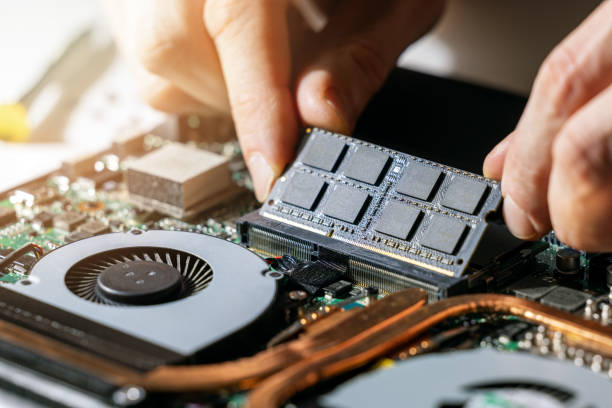
DDR4 (Double Data Rate 4) is the RAM type that is most frequently utilized in contemporary computers. In comparison to its predecessors, it offers quicker data transmission rates and more capacity. It also performs well for ordinary computing jobs and gaming.
DDR3 (Double Data Rate 3): Before DDR4 was extensively used, DDR3 RAM was well-liked. Compared to DDR4, its data transfer rates are a little bit slower, but it can still deliver adequate performance for the majority of applications. Older computers that do not support DDR4 can use DDR3 RAM.
Laptop RAM and Gaming: How do they work together?
A responsive and fluid gaming experience is made possible by the interaction of laptop RAM and gaming. A flawless gaming experience is provided by speedy game loading times and sufficient RAM capacity. RAM can access this data much more quickly for the computer because it is significantly faster than the hard disk.
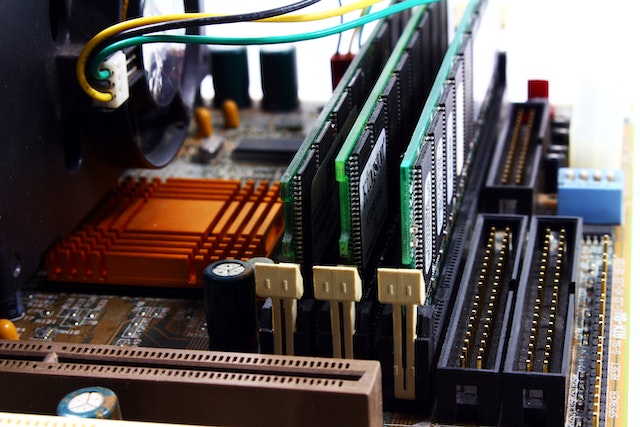
Related: Best Cheap Gaming Laptops in 2023
Your computer needs to access a lot of info quickly when you are gaming. The images, textures, and audio of the game may be included in this data. If your computer doesn’t have enough RAM, it will need to store this information on the hard drive. In VR gaming and high-resolution gaming, more RAM is required to handle increased graphical fidelity and data processing.
It’s important to balance RAM with other components like the CPU, GPU, and storage drive for optimal gaming performance. Performance may noticeably deteriorate as a result of this. You may increase the performance of your computer when gaming by boosting the RAM in your laptop. This is because your computer can store more info in memory if it has more RAM. As a result, executing programs and opening files might go more quickly.
How much RAM do I need for my laptop?
The amount of RAM you need for your laptop depends on what you use it for. If you only use your laptop for basic tasks like browsing the web and checking email, you can probably get away with 4GB of RAM. However, if you use your laptop for more demanding tasks like gaming or video editing, you will need more RAM. A good rule of thumb is to have at least 8GB of RAM if you use your laptop for demanding tasks.
What is the difference between DDR3 and DDR4 RAM?
DDR3 and DDR4 are two different types of RAM. DDR3 is the older type of RAM, while DDR4 is the newer type of RAM. DDR4 is faster than DDR3, so if you are buying new RAM, it is best to get DDR4.
Can I mix different types of RAM in my laptop?
No, you should not mix different types of RAM in your laptop. If you mix different types of RAM, it can cause problems with your computer.
How do I know what type of RAM my laptop needs?
You can find out what type of RAM your laptop needs by looking at the specifications of your laptop. The specifications of your laptop are usually located in the manual or on the manufacturer’s website.
Conclusions
In conclusion, upgrading and installing RAM in your laptop can greatly improve its performance, especially for gaming and resource-intensive tasks. By increasing the amount of available memory, you allow the laptop to store and access more data, reducing the need for frequent data retrieval from the storage device. This results in faster processing, reduced loading times, and smoother gameplay. However, it’s important to ensure compatibility and follow the proper installation steps to ensure a successful RAM upgrade.

